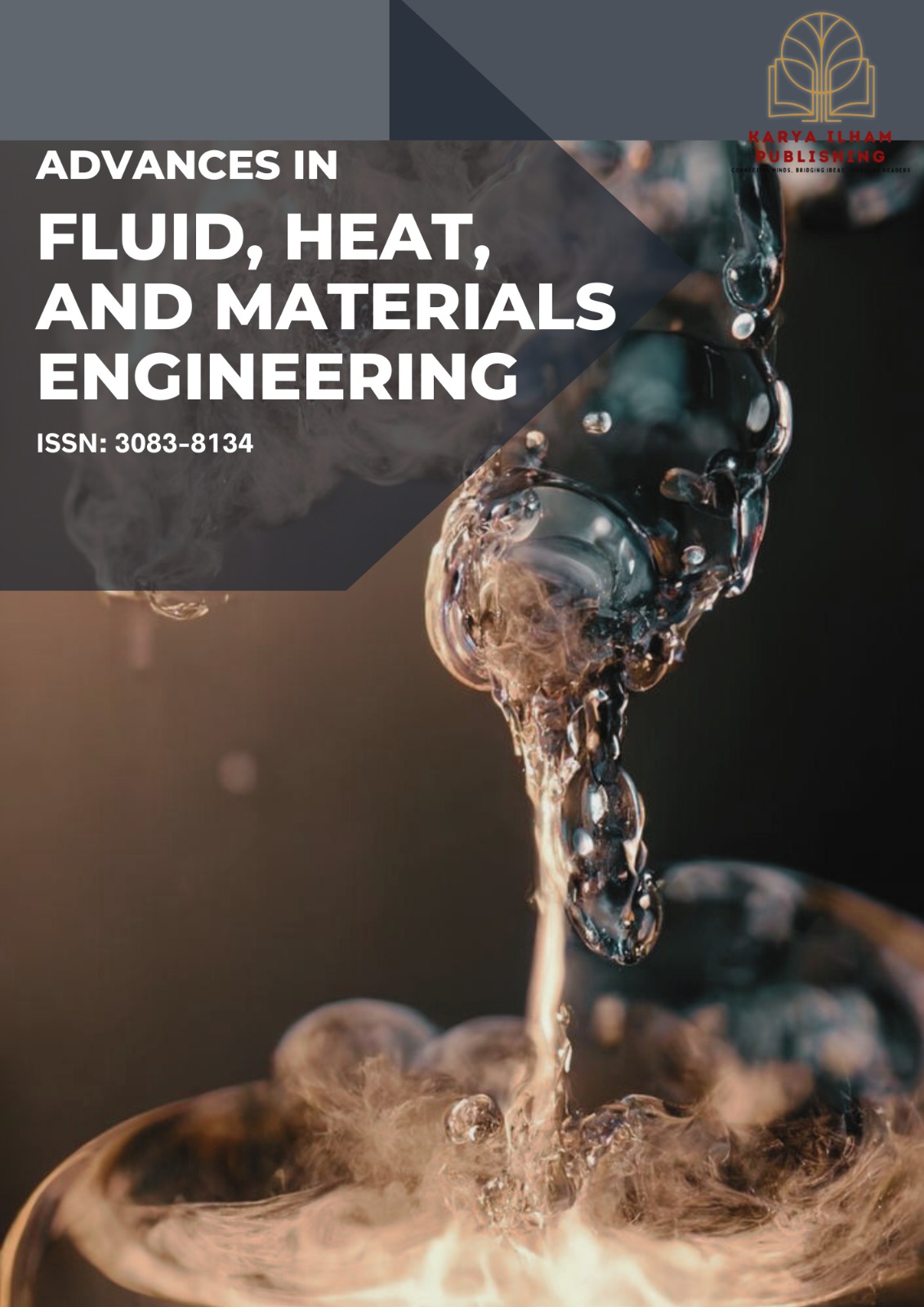CFD Analysis on Double Leaks of Subsea Pipeline Leakage
DOI:
https://doi.org/10.37934/afhme.1.1.1026aKeywords:
Pipe leakage, computational fluid dynamic (CFD, velocity; leak detection, pressure, turbulence kinetic energy (TKE)Abstract
The transportation of materials through industrial pipelines is essential in many sectors. However, pipeline leakage is a common and potentially devastating issue, particularly in subsea environments. Although extensive research has been conducted on pipeline leak detection, the specific dynamics of double leaks in subsea pipelines under varying fluid velocities have not been thoroughly investigated. This study used numerical simulations with ANSYS FLUENT, based on the standard k–ε model under steady-state conditions, to examine the effects of fluid velocity on the leak flow rate, pressure distribution, and turbulence kinetic energy in double-leak subsea pipeline models. The results indicate that changes in pipeline fluid velocity have a minimal impact on the flow behaviour in the leak regions. Notably, the leak flow rate in the first leak consistently exceeded that in the second leak. The pressure around the leaks exhibits fluctuations owing to turbulence, which diminishes further from the leak points towards the pipe centreline. These findings suggest that leak detection systems should be positioned near the pipe surface to enhance the detection accuracy and effectiveness. This study provides valuable insights into the fluid dynamics of double leaks in subsea pipelines and contributes to improved leak management strategies













